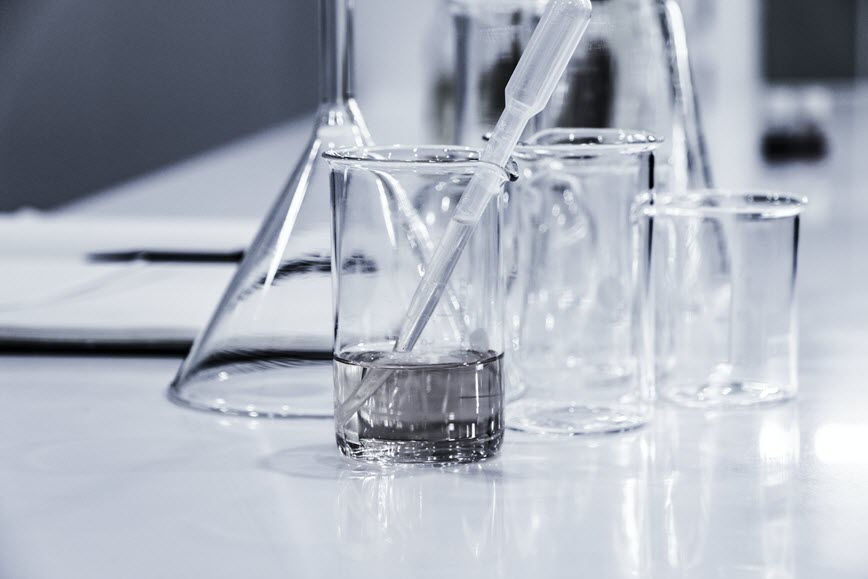PFAS forever chemicals
The City tests for chemicals in the water. They're known as per-and polyfluoroalkyl substances (PFAS).
Risks of PFAS
PFAS are a concern because they:
- Do not break down in the environment (they're often called “forever chemicals”)
- Can move through soils and contaminate drinking water sources
- Build up in fish and wildlife
- Can stay in the body for many years. Higher levels of exposure to PFAS may lead to health impacts.
PFAS test results
In 2024, Minneapolis Water Treatment & Distribution Services (WTDS) tested its drinking water for 25 PFAS compounds. 1 compound was detected at extremely low levels.
- PFBA detected range 7-12 parts per trillion (ppt)
The Minnesota Department of Health (MDH) health guidance value for PFBA is 7000 ppt.
WTDS’s levels are far below the MDH health guidance values. Based on this information, the MDH states our water is safe to drink.
Minneapolis PFAS fact sheets
You can download a fact sheet to learn more about PFAS in many languages.
Resources
Minnesota Department of Health
Minnesota Pollution Control Agency
United States Environmental Protection Agency
Contact us
Public Works Water Treatment & Distribution Services
Address
4100 Marshall St. NE
Fridley, MN 55421
This building is closed to the public.




